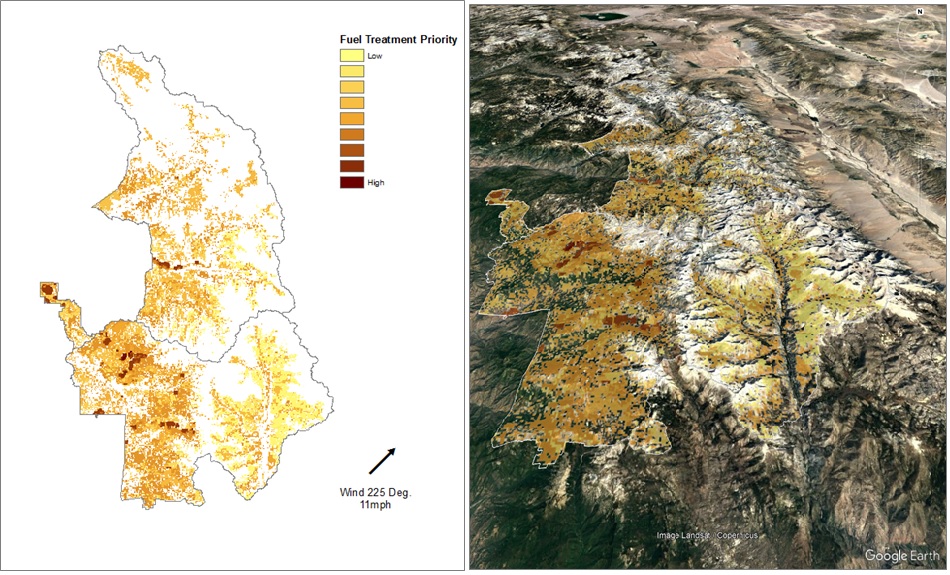You could say that STARFire is spreading like wildfire within the National Park Service (NPS), and in this case that’s a good thing. The Winter 2016/2017 issue of Park Science, the research and resource management journal of the NPS, published an article about the potential for STARFire, a spatial budgeting and planning system for wildland fire management, to be applied across the NPS.
Doug Rideout, CSU Professor and Co-Director of CSU’s Western Forest Fire Research Center (WESTFIRE), originally envisioned the STARFire project in 2008. Collaboration with CSU Associate Professor Yu Wei and the NPS helped it evolve into a valuable tool for wildfire managers who must operate amongst increasing fuel loads, dwindling budgets and the modern complexity of the wildland-urban interface.
“It is an elegant system to integrate wildfire risks and values into fuel treatment and suppression preparedness planning,” Wei said. “STARFire is a tool that can assist with transparent and structured decision making.”
STARFire also has the ability to determine a monetary value for what’s happening within a fire management system. Beyond a risk management tool at the planning unit level, system inputs of management costs, burn potential and fire-affected values also support calculations that determine a return on investment (ROI) for wider-scaled fire management operations.
“The economic value system made national level planning possible.” Rideout said. “This enables STARFire to support comparisons across management programs. For example, STARFire can be applied at the individual park level or can be expanded to the regional or national scale.”
The system can assist land management agencies, such as the NPS, to better plan and budget for their wildfire programs and meet national expectations. Well informed wildfire program decisions and appropriation requests are necessary to demonstrate budgetary confidence for optimal return on investments, and STARFire has shown strategic value in providing this information.
STARFire has already demonstrated its potential for wider application. In the last decade, STARFire has been tested in 20 national parks and has become integral for the NPS national budgeting framework. During the summer of 2016, STARFire informed fuel treatment for 15 million acres of sage grouse habitat in the northern Great Basin. It is currently being used at the state level for BLM districts in Idaho. Over the next three years the next stage is to test STARFire at the regional level in Alaska and across more than 50 locations with active wildland fire management operations.
An archive of Park Science articles through 2015 are available to the public. If you would like a copy of the Winter 2016/2017 Park Science issue, contact Doug Rideout at doug.rideout@colostate.edu.


